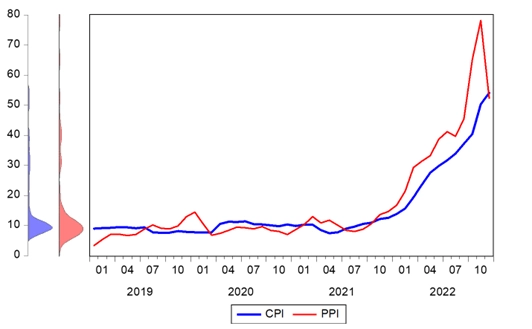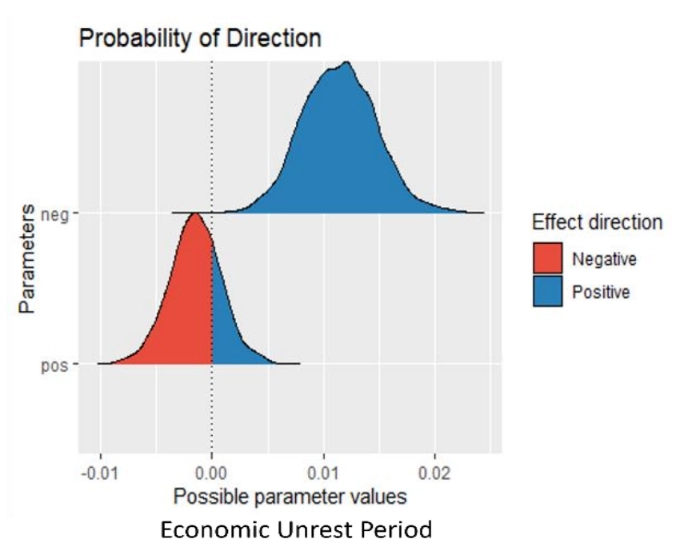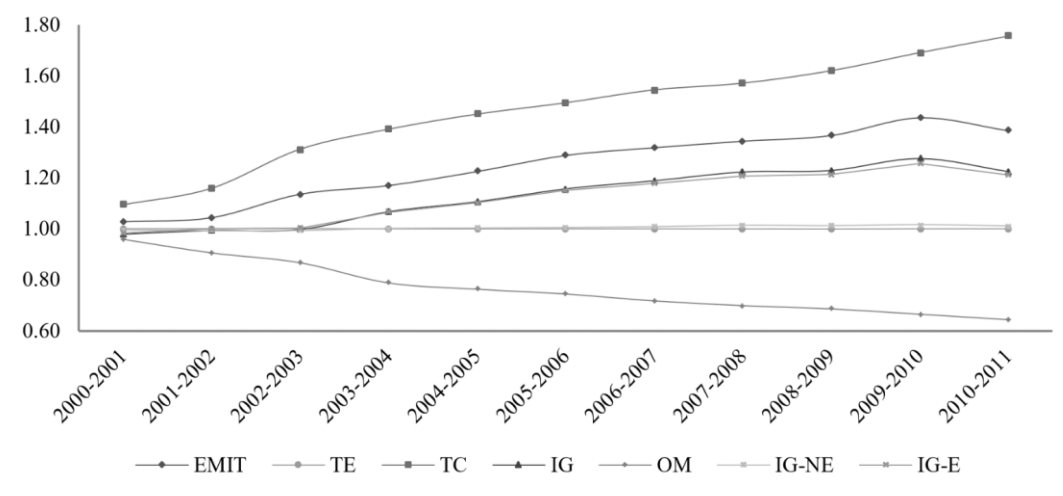Government deficit and “The World’s smallest macroeconomic model” by Paul Krugman
Abstract
In his "The World’s smallest macroeconomic model” (Krugman (1999)), Paul Krugman argued that under the assumption of price rigidity, a shortage of money supply leads to underemployment or recession, so increasing money supply can eliminate underemployment and restore full employment. But, how do we increase the money supply? I will show that we need a government deficit to increase the money supply in order to restore full employment from recession. Also, I will show that in a growing economy, if people hold money, a government deficit is necessary to maintain full employment under constant price or inflation. A government deficit is not only effective in pulling the economy out of recession, it is even necessary for continued growth without inviting either recession or inflation. The government deficit in this paper represents the difference between government expenditures and government revenues. When the difference is positive, we say that the government has a deficit. This paper seeks to explore theoretically and normatively the role of government deficits in achieving and maintaining full employment in a growing economy without causing inflation, using a very simple model by Krugman.
Cite This Paper
Tanaka, Y. (2023). Government deficit and “The World’s smallest macroeconomic model” by Paul Krugman. Financial Economics Letters, 2(1), 10. doi:10.58567/fel02010005
Tanaka, Y. Government deficit and “The World’s smallest macroeconomic model” by Paul Krugman. Financial Economics Letters, 2023, 2, 10. doi:10.58567/fel02010005
Tanaka Y. Government deficit and “The World’s smallest macroeconomic model” by Paul Krugman. Financial Economics Letters; 2023, 2(1):10. doi:10.58567/fel02010005
Tanaka, Yasuhito 2023. "Government deficit and “The World’s smallest macroeconomic model” by Paul Krugman" Financial Economics Letters 2, no.1:10. doi:10.58567/fel02010005
Share and Cite
Article Metrics
References
- Forstater, M. (1999). “Functional finance and full employment: Lessons from Lerner for today?” Working Paper No. 272, Levy Economics Institute.
- Greiner, A. (2013). “Sustainable public debt and economic growth under wage rigidity”, Metroeconomica, 64, 272–292. https://doi.org/10.1111/meca.12006
- Keynes, J. M. (1936). The General Theory of Employment, Interest and Money. Macmillan. https://doi.org/10.1007/978-3-030-98588-2_7
- Krugman, P. (1999), “The World’s smallest macroeconomic model”, http://web.mit.edu/krugman/www/MINIMAC.html.
- Lerner, A. P., (1944). The Economics of Control: Principles of Welfare Economics. Macmillan. https://doi.org/10.2307/1232127
- Murota, R. (2017), “Aggregate demand deficiency, labor unions, and long-run stagnation”, Metoroeconomica, 69, 868–888. https://onlinelibrary.wiley.com/doi/10.1111/meca.12215.
- OECD Economic Outlook, https://data.oecd.org/gga/general-government-deficit.htm.
- Ono, Y. (1994). Money, Interest, and Stagnation: Dynamic Theory and Keynes’s Economics, Clarendon Press, Oxford.
- Ono, Y. (2001). “A reinterpretation of Chapter 17 of Keynes’s General Theory: Effective demand shortage under dynamic optimization”, International Economic Review, 42, 207–236. https://doi.org/10.1111/1468-2354.00107
- Raurich, X., Sala, H., Sorolla, V. (2006). “Unemployment, growth, and fiscal policy: New insights on the hysteresis hypothesis”, Macroeconomic Dynamics, 10, 285–316. https://doi.org/10.1017/S136510050605022X


